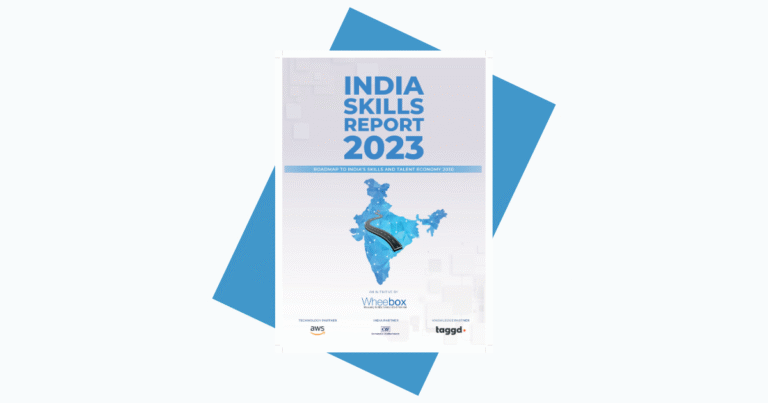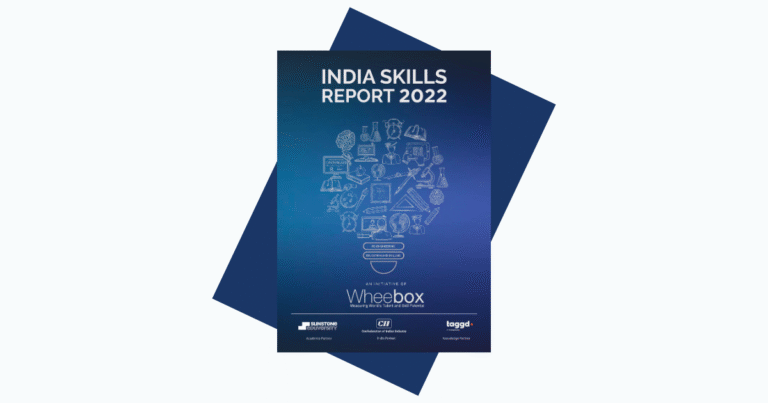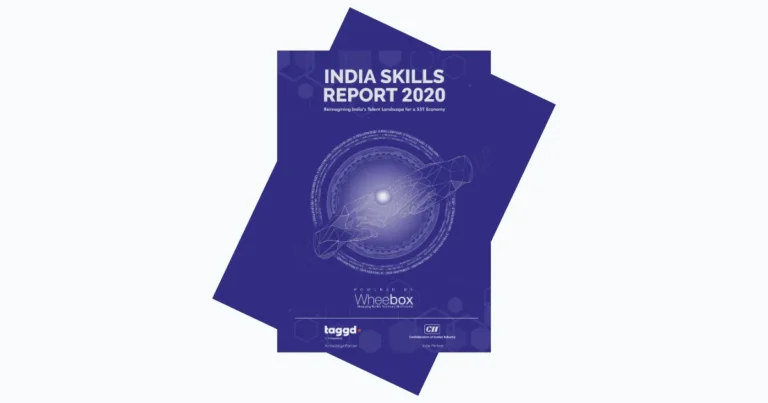The third edition of the Decoding Jobs Industry Sectoral Report for the Global in-house centers (GICs) covers the key hiring trends, talent war, retention, and technology adoption. India is a fertile ground providing low-cost talent for GICs. From sourcing tech talent to the advancement in technology-driven operations the report talks about how GICs will need to come up with a long-term strategy for talent acquisition, engagement, and retention. check insights of last year’s Global In House 2021 Sectoral Report.
Did You Know
The GICs in india make up 25% of the global total and employ over 1.3 million people.
Sneak Peak
Global In House sector’s hiring intent: Hiring in tier 1 cities likely to touch 69% in 2022.
Talent mobilization will move from non tier 1 cities to tier 1 cities. It also reflects the number of employed. staff from cities in the tier I category will go to 69% in 2022 compared to 68% in 2021.
Top skills in demand:
- Robotics & Mechatronics
- Collaboration
- Learning Agility
- Machine Learning & Artificial Inteligence









